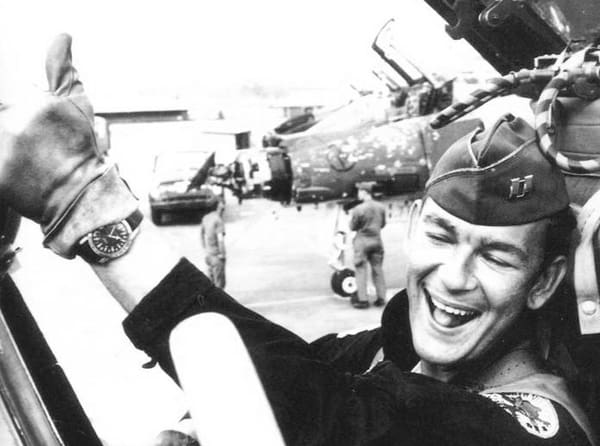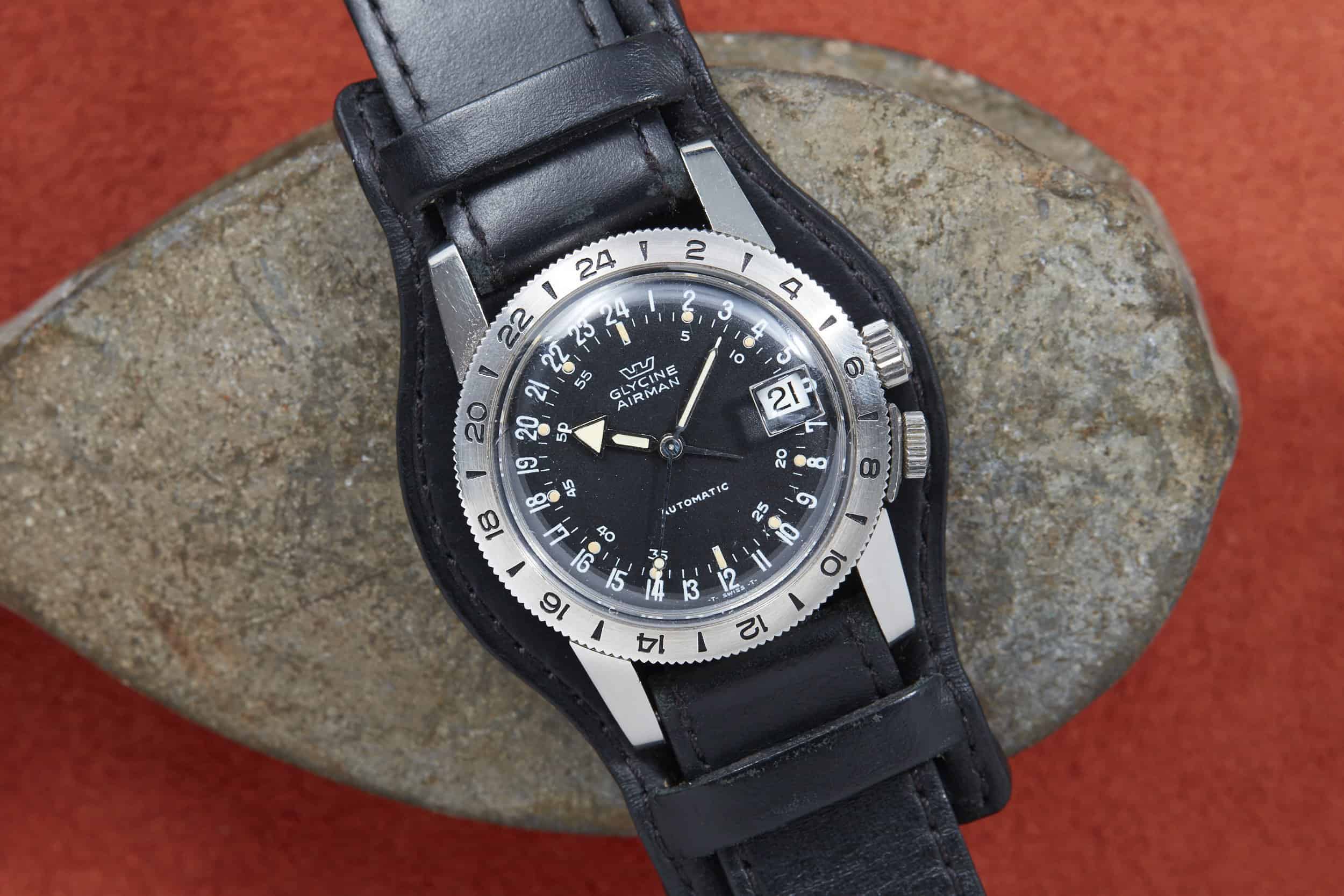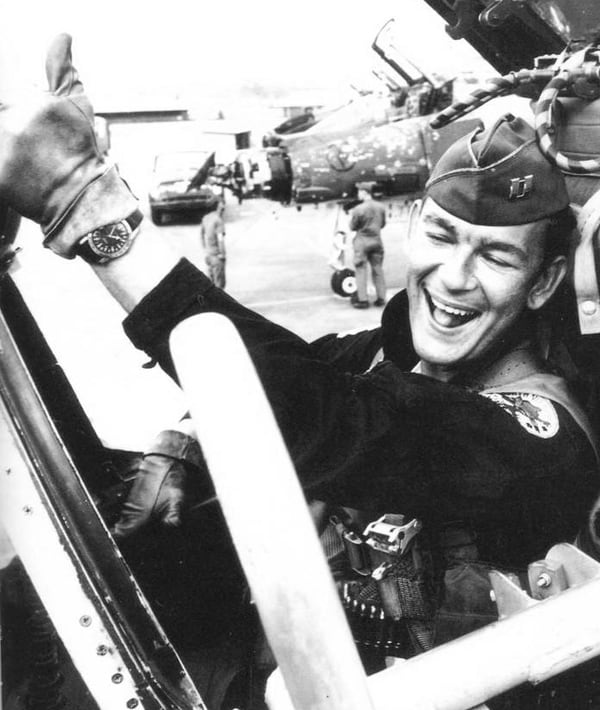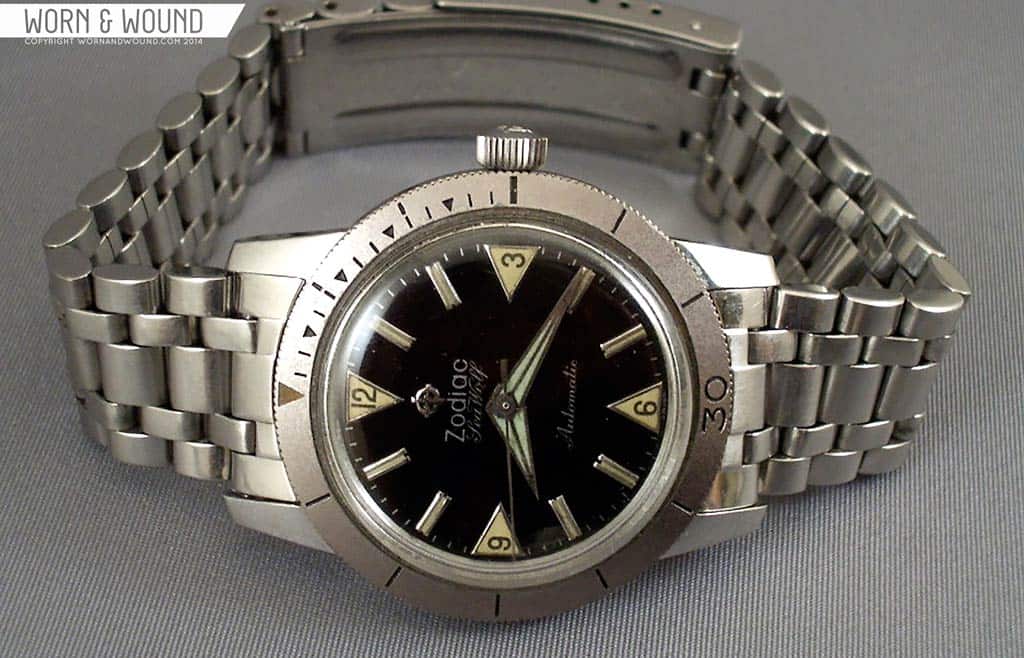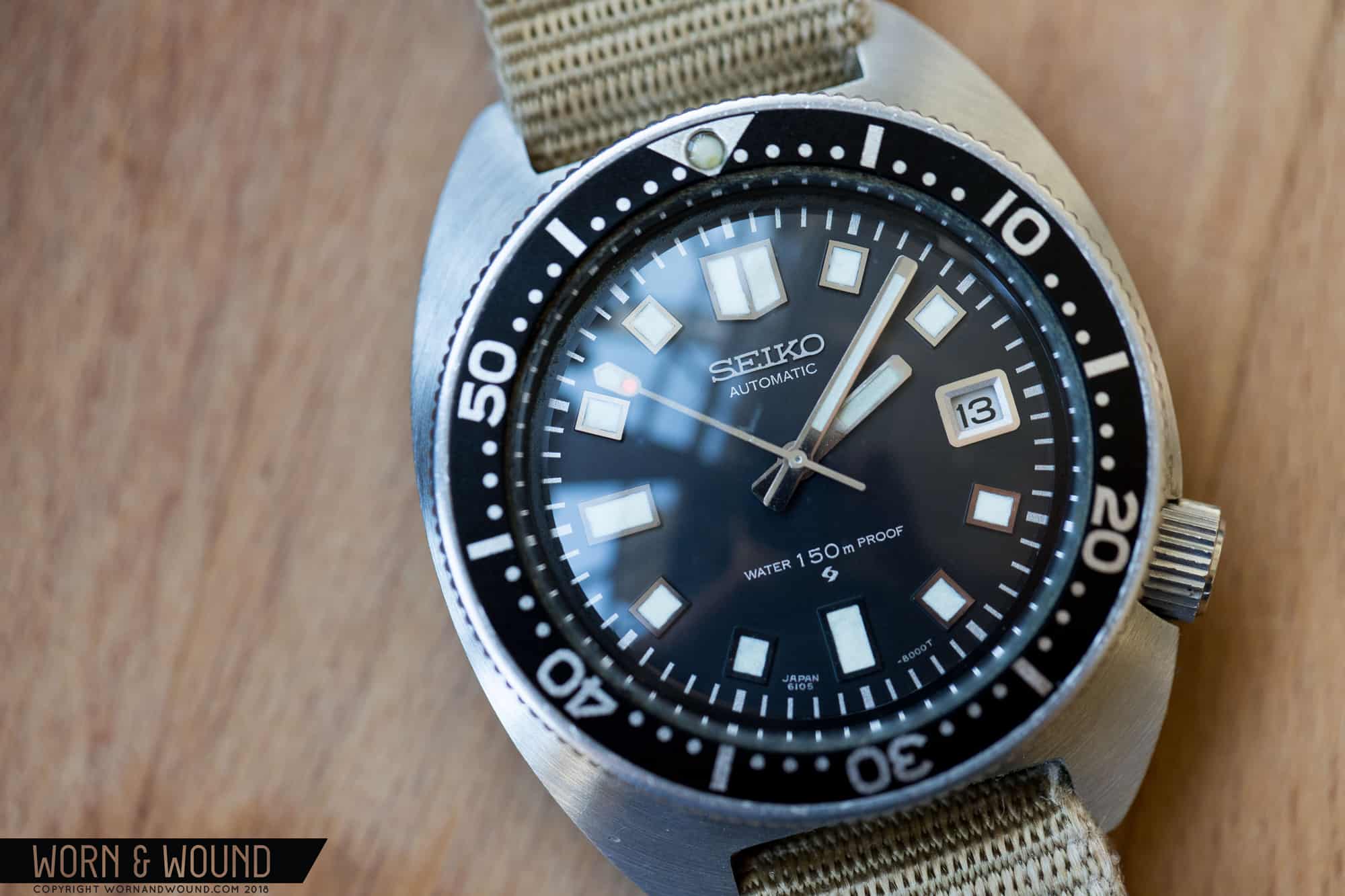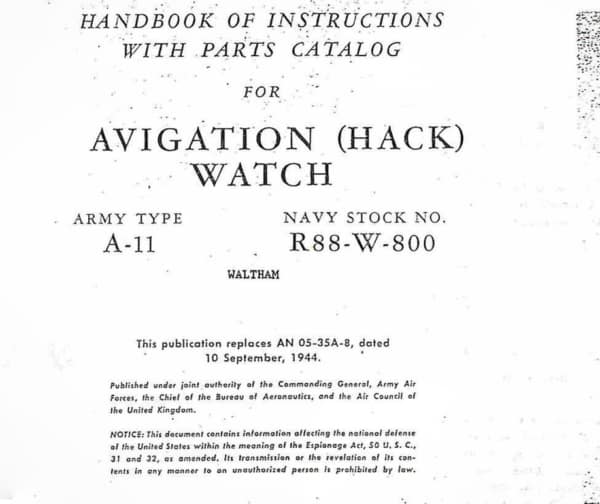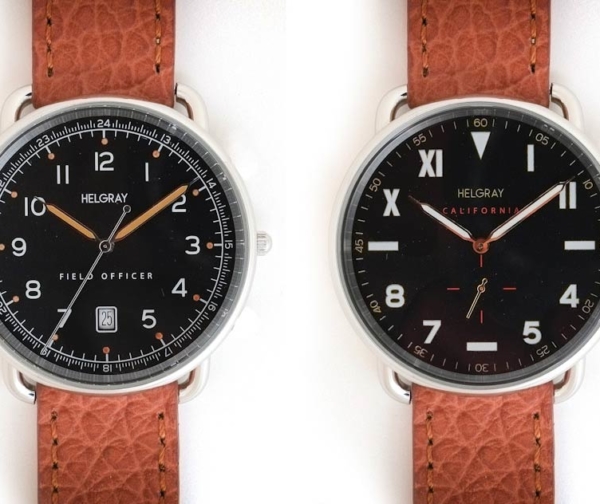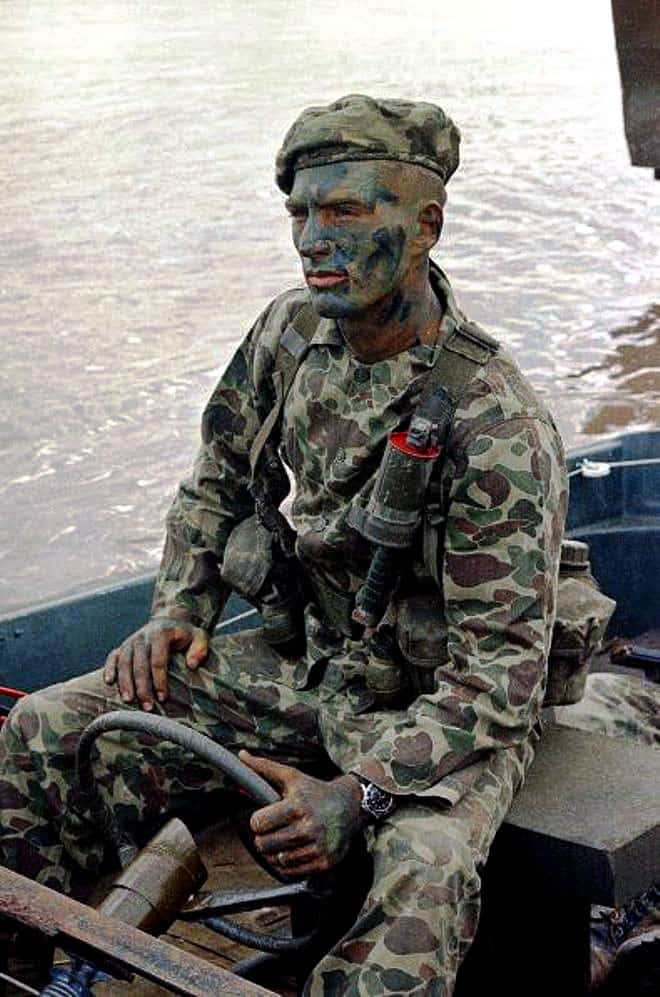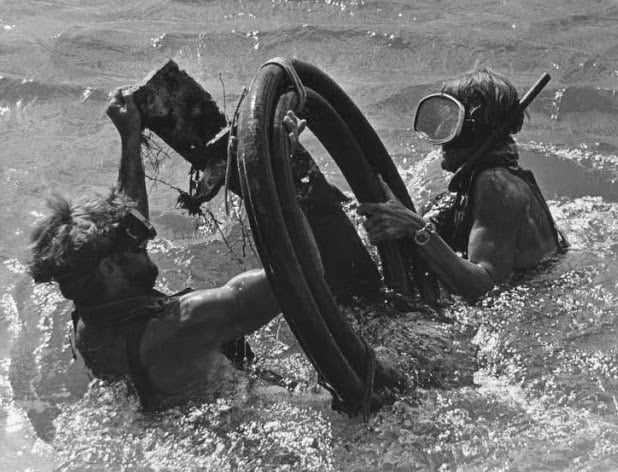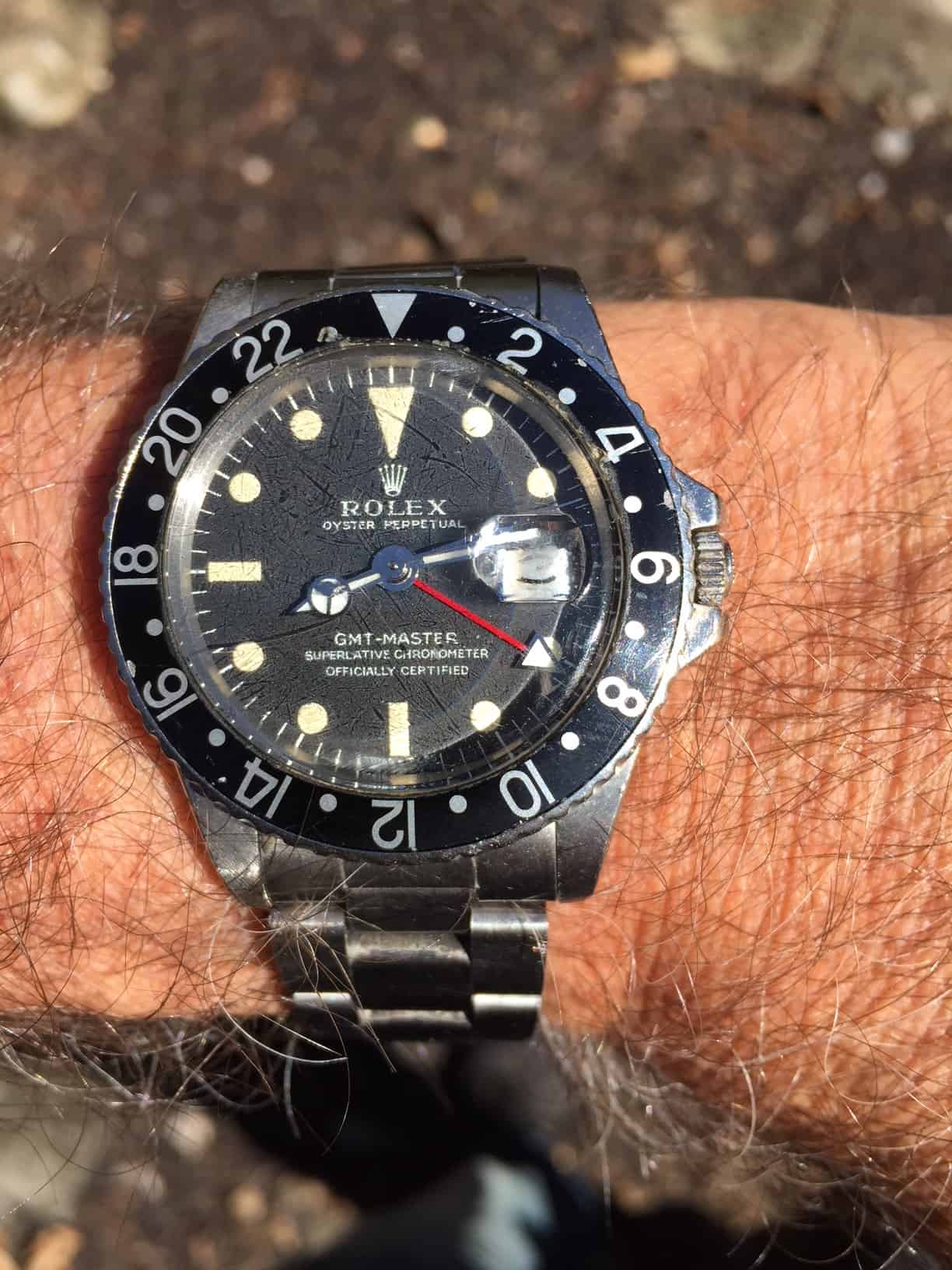Though case back markings and the famous “broad arrow” are sure to get military watch collectors’ hearts racing, there exist myriad military watches that aren’t necessarily known as such because they were never issued by the military—rather, they were purchased by soldiers at the local PX.
The PX, or “post exchange,” is a type of retail store featured on U.S. military installations for use by soldiers and sailors (technically “post exchange” is a term specific to the Army, but for the purposes of this article we will simply use the term “PX”). These exchanges, originally established as trading posts in the 19th century, offer the enlisted soldier or officer everything he or she could possibly need—from cigarettes and electronics to toothpaste, sneakers, and clothing—while stationed on base either domestically or in a foreign country.
During the Vietnam War, many of these PXs sold both Swiss and Asian-made watches, and prices were often significantly lower than what they were in a civilian store back home. As many soldiers weren’t issued watches by the government or wanted something tougher than the watch they brought with them from the States, they turned to these PXs while on leave to find a quality timepiece.
Though we can’t enumerate all of these watches, today we’re going to take a survey of some of the most popular PX-bought watches of the Vietnam War era.
For a great survey of American military watches throughout the years, check out our series, Military Watches of the World: U.S.A. Part 1 and Part 2.









 Featured Videos
Featured Videos




